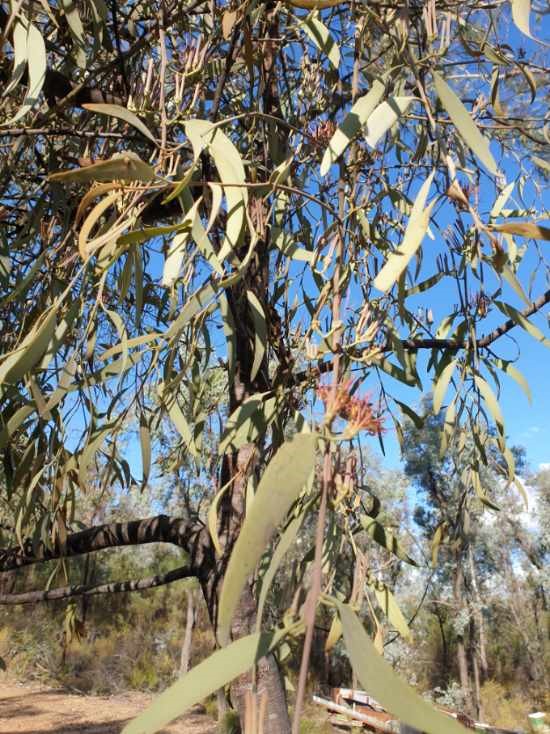Sweet as
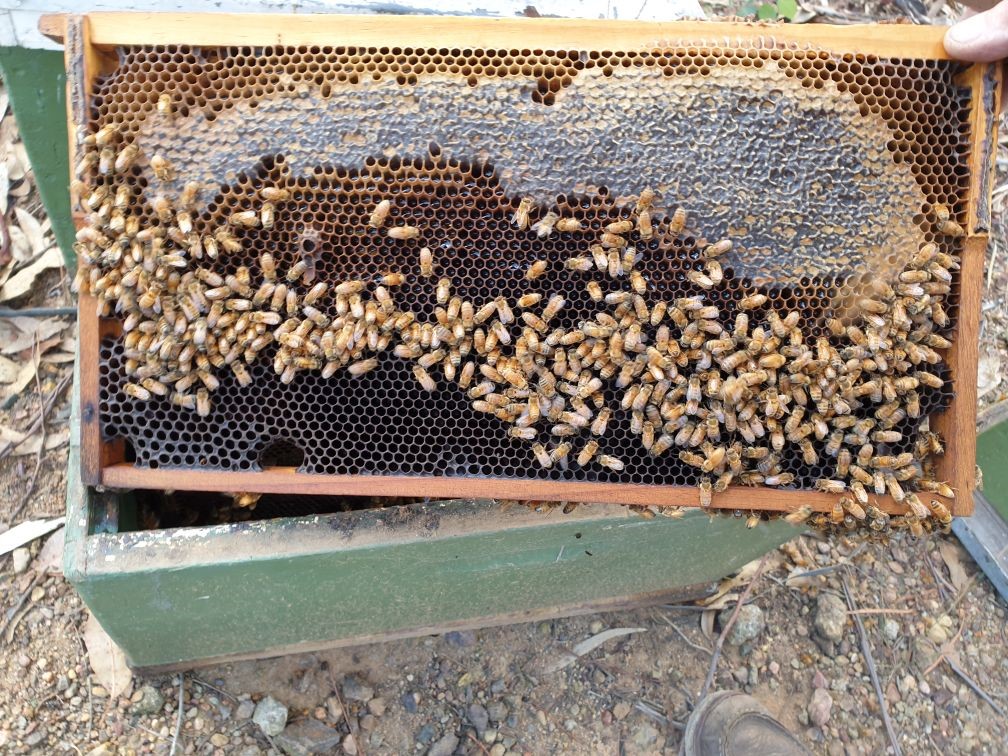
Beekeepers, Bruce and Jan Rogers, have been supplying the Co-op with their raw bush honey for over 20 years. We caught up with them to ask a few questions about what makes their honey so special.
Q: How long have you been a beekeeper?
Bruce: I have been keeping bees since I was 12 years old (for 60 plus years). Both my father and brother had bees and Dad talked about buying American (Sugar Pine) bee boxes, which we still have, from Anthony Horden’s in Sydney in 1914.
Q: How many hives do you have?
Bruce: I have about 100 hives now that I’m in retirement but in our heyday there were many more hives, and we had big trucks, pallets, and bobcats too.
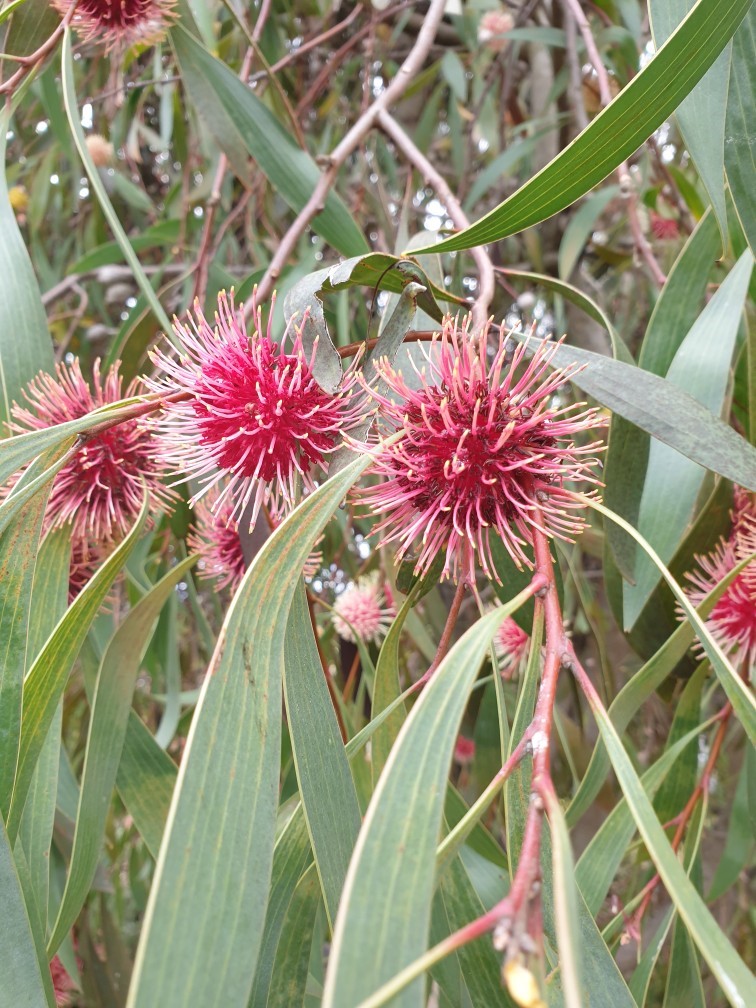
Q: Can you describe the countryside/bush where your hives are located?
Bruce: The bees forage in forestry areas and National Parks, mainly the Great Dividing Range, Capertee Valley, Gunguddy, Rylstone, and Bylong Valley. We avoid intensive farming areas as they have a tendency to use more chemicals. Forest trees, mountainous type country with ground flora and shrubs as well as trees would be the main source of nectar for our bees.
Q: What native trees and plants do your bees forage from?
Mint bush in Bylong State Forest when well budded gives bees the first flush of the season but this year even though well budded down there, the conditions are just too dry to be of any use. Also, there are two different varieties of Iron Bark trees in that area. On this site the Regent Honey Eaters come to visit at times. Yellow and Red Box and Red Gum are all around Rylstone. White and Yellow Box in Capertee Valley, Stringy Bark & Native Bushes around Gunguddy, Narrango & Nullo Mountain.
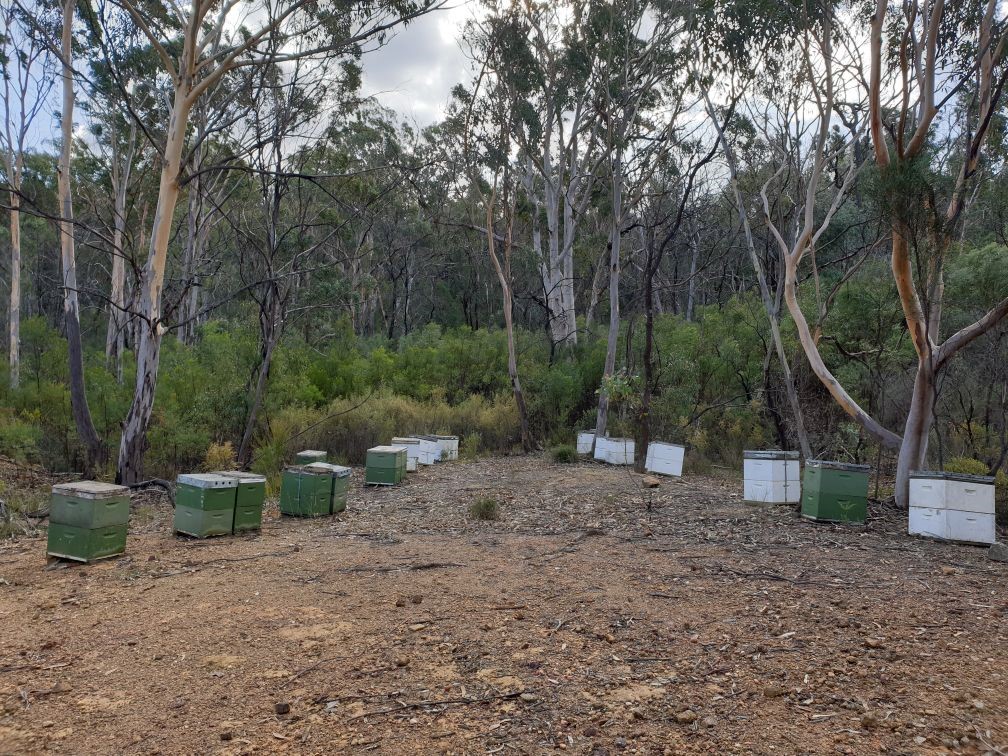
Q: Bruce, as a Wiradjuri man, what does connection to Country mean to you?
Bruce: As a young boy I walked around many of the outlying Rylstone areas that are now mostly farming properties and it saddens me to see all the clearing and senseless poisoning of native trees in this area. Possibly some of these trees could be 2 – 300 years old, so therefore they can’t be replaced overnight. Personally, I believe Australia has been settled 2 – 300 years too early as in the vast majority of farm paddocks (non-cultivation) the soil is only 10 – 20 mm’s deep. Whereas if the clearing had not been undertaken the topsoil would have had a chance to build up from mulch and leaves. Preserving Country and taking care of it is important to me. In this last 12 – 15 months there has been a lot of documentation, research and interviews with an Anthropology team between us and them for Native Title.
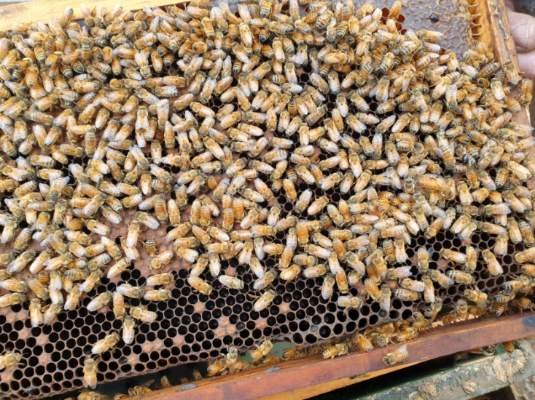
Jan’s favourite Honey Biscuits recipe
Ingredients:
200 grams Butter (softened)
1 cup Raw Sugar (220 grams)
2 tablespoons Honey
1 Egg Yolk
2 cups Self-Raising Flour (300 grams)
Method:
Pre-heat your oven to 180 degrees and line two trays with baking paper.
Place the softened butter and sugar into the bowl of an electric mixer and beat for 3 – 4 minutes or until pale and creamy.
Add the honey, egg yolk and self raising flour and mix until a dough forms.
Use a dessert spoon to scoop up the mixture and shape into a small ball with your hands. Place onto the baking tray and repeat until all of the mixture has been used.
Gently press on the top of the biscuits with the back of a fork to slightly flatten before placing into your pre-heated oven and baking for 12 – 15 minutes or until they begin to turn golden.
Carefully remove from the oven and allow the biscuits to cool on the baking tray for 10 minutes before transferring to a wire rack to cool completely.
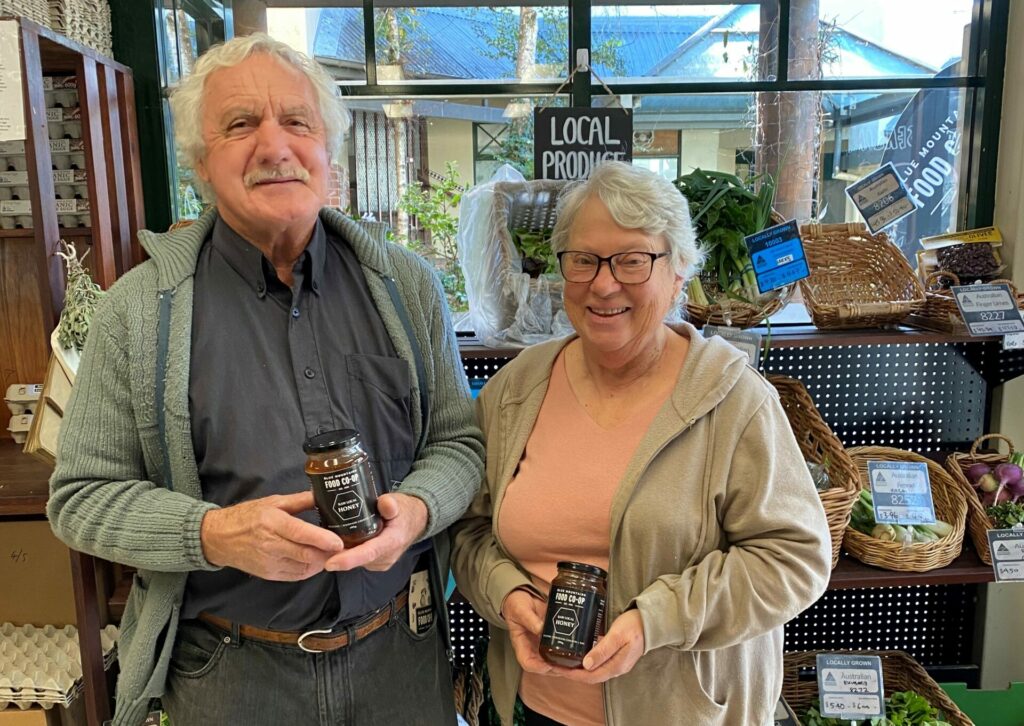
Some bee trivia from Bruce and Jan
- A strong beehive contains about 70,000 bees.
- Actual studies have shown that it takes about 20,000 foraging trips for worker bees to collect 500 grams of honey which is equal to about 3 times around the world in actual flight distance, and about 160,000 bee hours to ripen and produce each 500 grams of honey.
- Tests have shown bees consume about 3 kilograms of honey to perspire out about 500 grams of beeswax.
- The queen bee can lay approximately 1500 to 1800 eggs a day which is slightly more than her own weight.
- The queen can possibly live up to 4 to 5 years, whereas a worker bees lifespan could be 5 to 6 weeks or even less in summer.
- We have seen worker bees with worn out, frayed wings mainly on Paterson’s Curse (Salvation Jane) flowers as the bee crawls into the flower and the texture of the petals must be very rough or coarse on their wings.
- The sole purpose of the drone bee (male) is to fertilise the queen and the worker bees feed them as they do not feed themselves, worker bees being undeveloped females.
